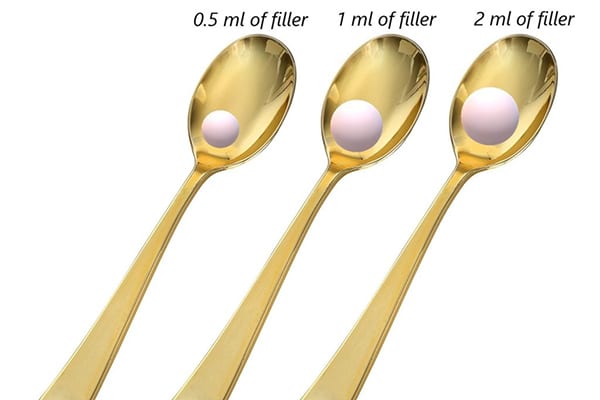There is a lot of empty space in the atom? I researched it and it appears the chicken and the egg of info that is came around the same time, Rutherford and Boohr. I assume they came up with their model first then naturally since the electron orbit has to be some distance from the nucleus, it was just accepted that atoms are 99.5% or more empty space? For me that dismisses the model, IDK.
How big the Earth would be if all the space was squeezed out of atoms?
If all the empty space within atoms were removed, the earth's volume would decrease by a factor of about 10^27 (a 1 followed by 27 zeros). This is an incredibly small amount and would not have any noticeable effect on the earth's size or shape.
What speed do electrons orbit the nucleus?
ω = 4.122×1016 radians per second = 6.56×1015 turns per second. This is about 7 quadrillion revolutions per second or equivalently 7 thousand trillion revolutions per second. This is fantastically fast but it is much slower than the rate of rotation of nuclei.
Do electrons actually orbit the nucleus?
Electrons do not orbit a nucleus in the manner of a planet orbiting a star, but instead exist as standing waves. Thus the lowest possible energy an electron can take is similar to the fundamental frequency of a wave on a string.
What causes the atoms in a molecule to join together?
The atoms in a compound are held together by chemical bonds. Either "ionic bonds" (formed when one or more electrons are 'transferred' from one atom to another) or "covalent bonds" (formed when atoms 'share' electrons instead of transferring them).
Do electrons have weight?
Electrons are negatively charged particles weighing zero atomic mass units and located in the various orbitals of the energy levels outside the atomic nucleus. The electron actually weighs 9.11x10-28 grams. This means it would take about 1,830 electrons to equal the mass of one proton.
What does the shell of an atom do?
Shell (electron): A grouping of electrons in an atom according to energy. The farther a shell is from the nucleus, the larger it is, the more electrons it can hold, and the higher the energies of those electrons. The first shell (closest to the nucleus) can hold two electrons.
What repels atoms from each other?
Particles with the same charge repel each other, while oppositely charged particles attract each other. For example, a proton, which is positively charged, is attracted to electrons, which are negatively charged. However, if we put two electrons together or two protons together, they will repel one another.
Where does magnetic field come from?
Magnetic fields are produced by moving electric charges. Everything is made up of atoms, and each atom has a nucleus made of neutrons and protons with electrons that orbit around the nucleus. Since the orbiting electrons ≠are tiny moving charges, a small magnetic field is created around each atom.
How are electron shells formed?
An electron shell may be thought of as an orbit followed by electrons around an atom nucleus. Because each shell can contain only a fixed number of electrons, each shell is associated with a particular range of electron energy, and thus each shell must fill completely before electrons can be added to an outer shell.

